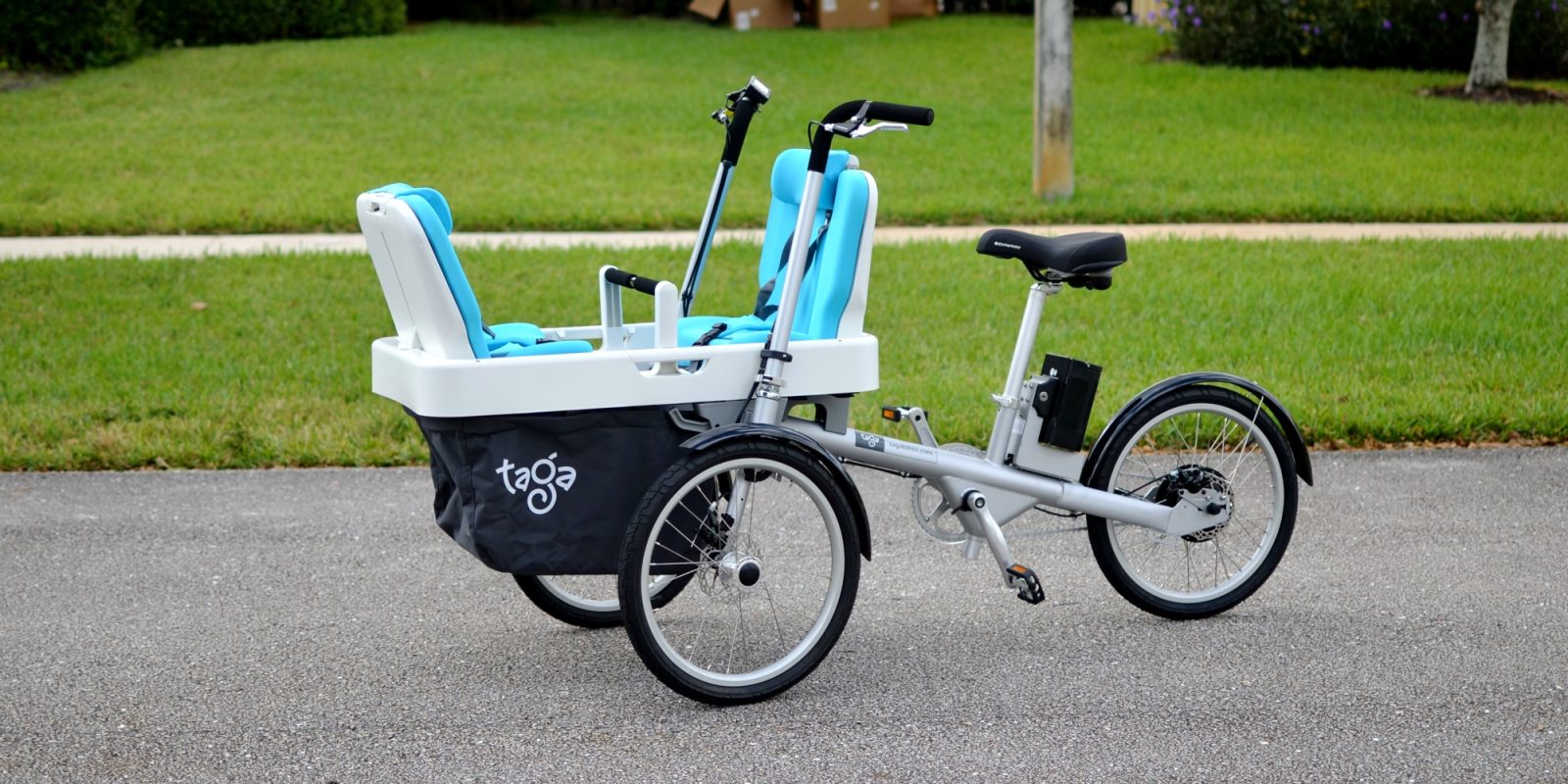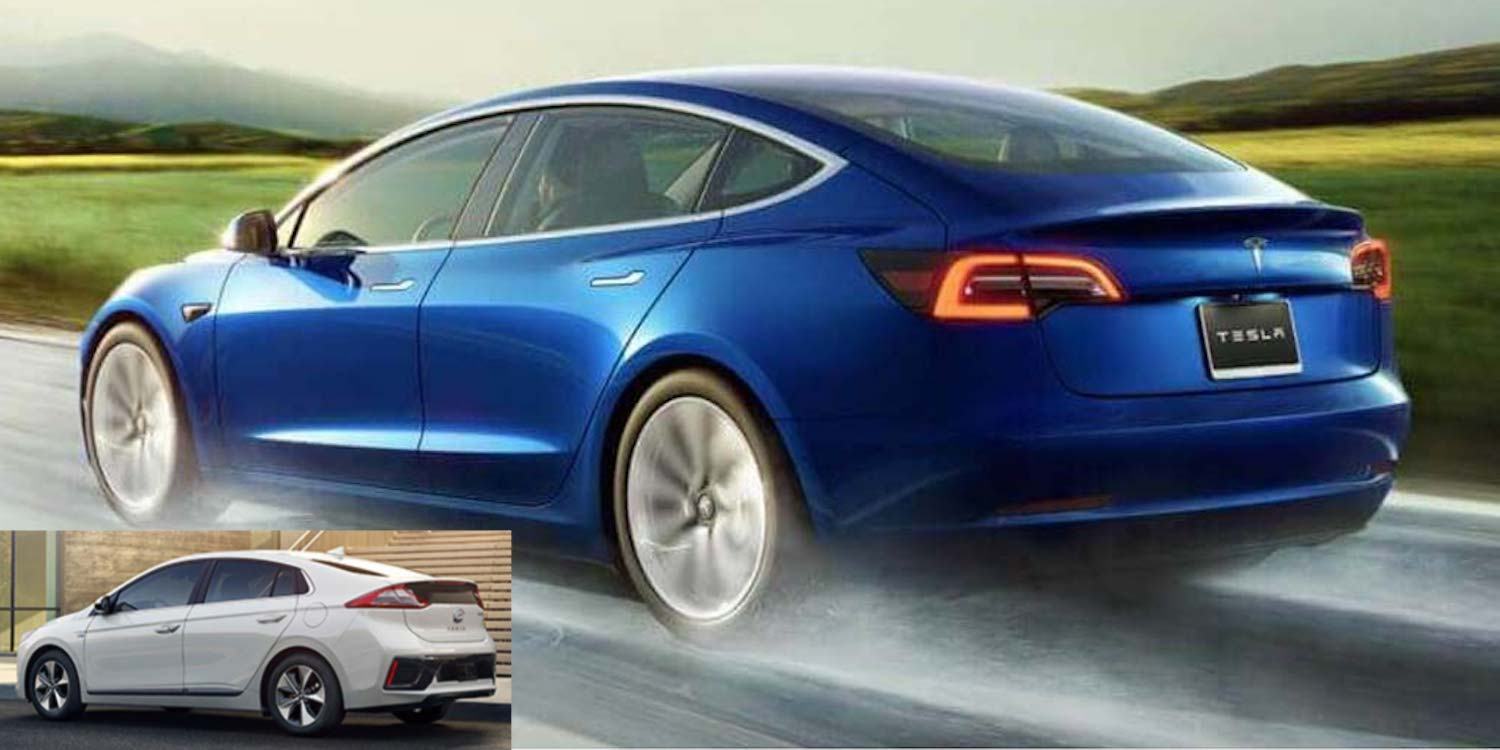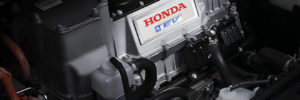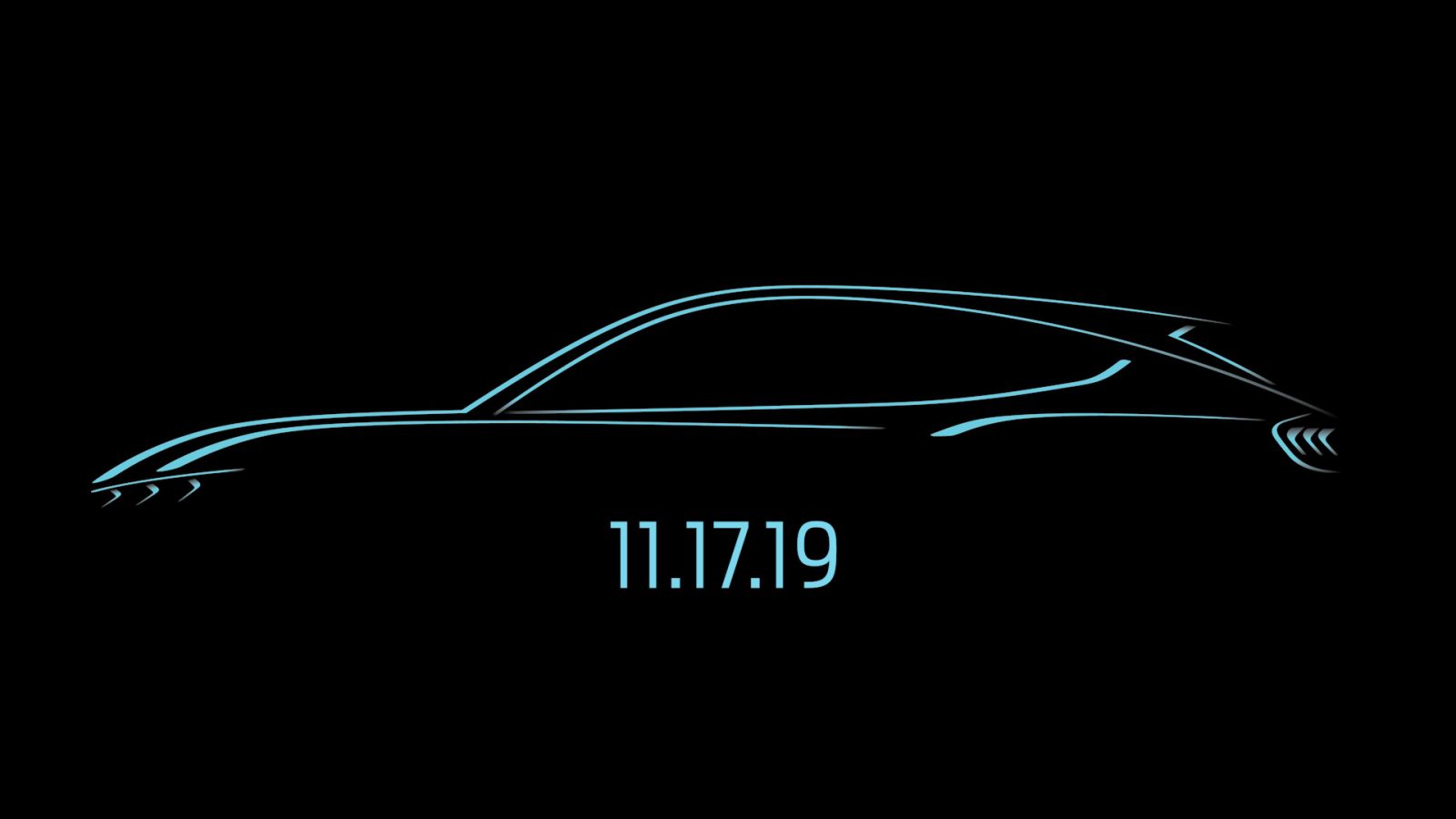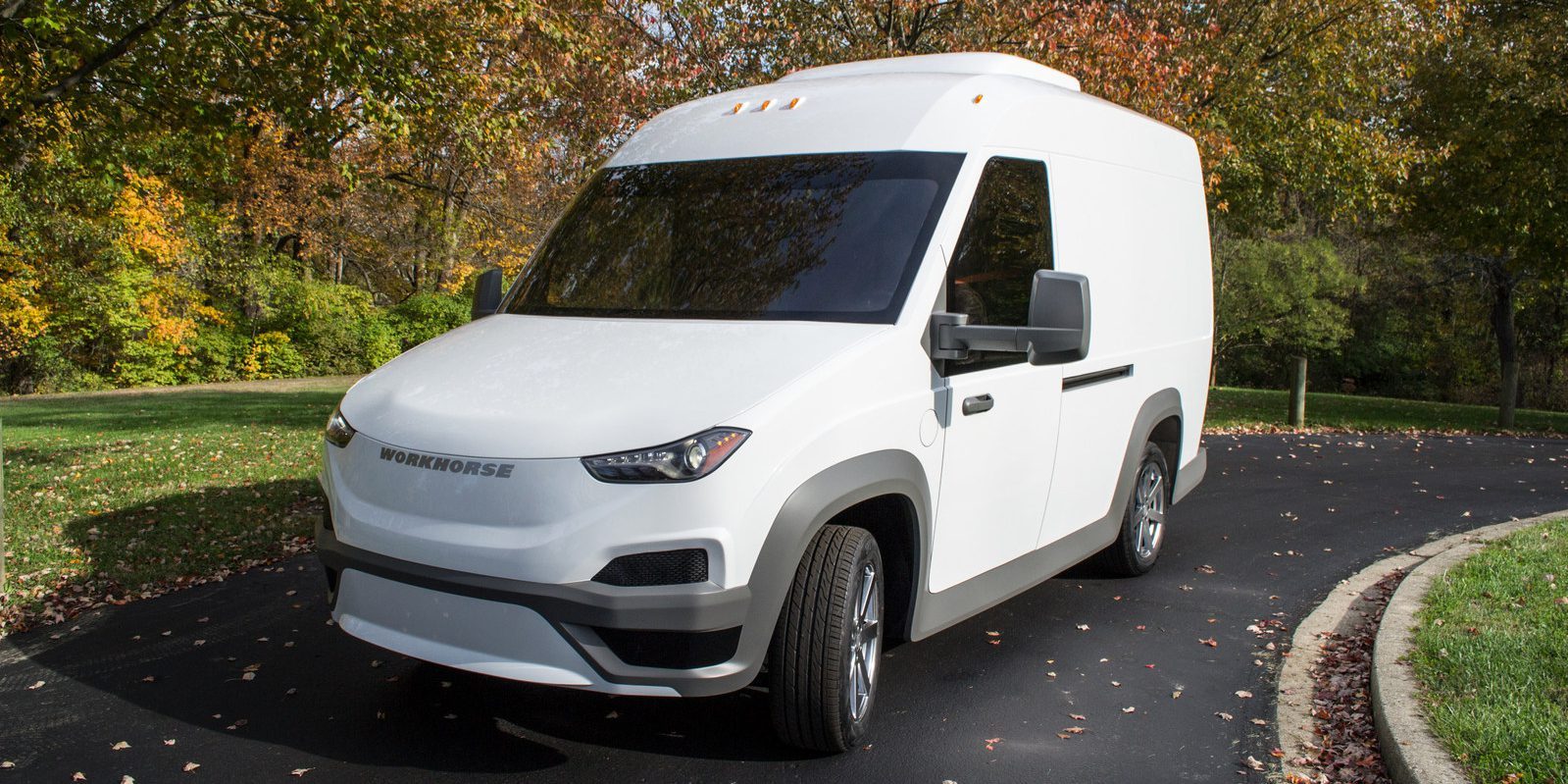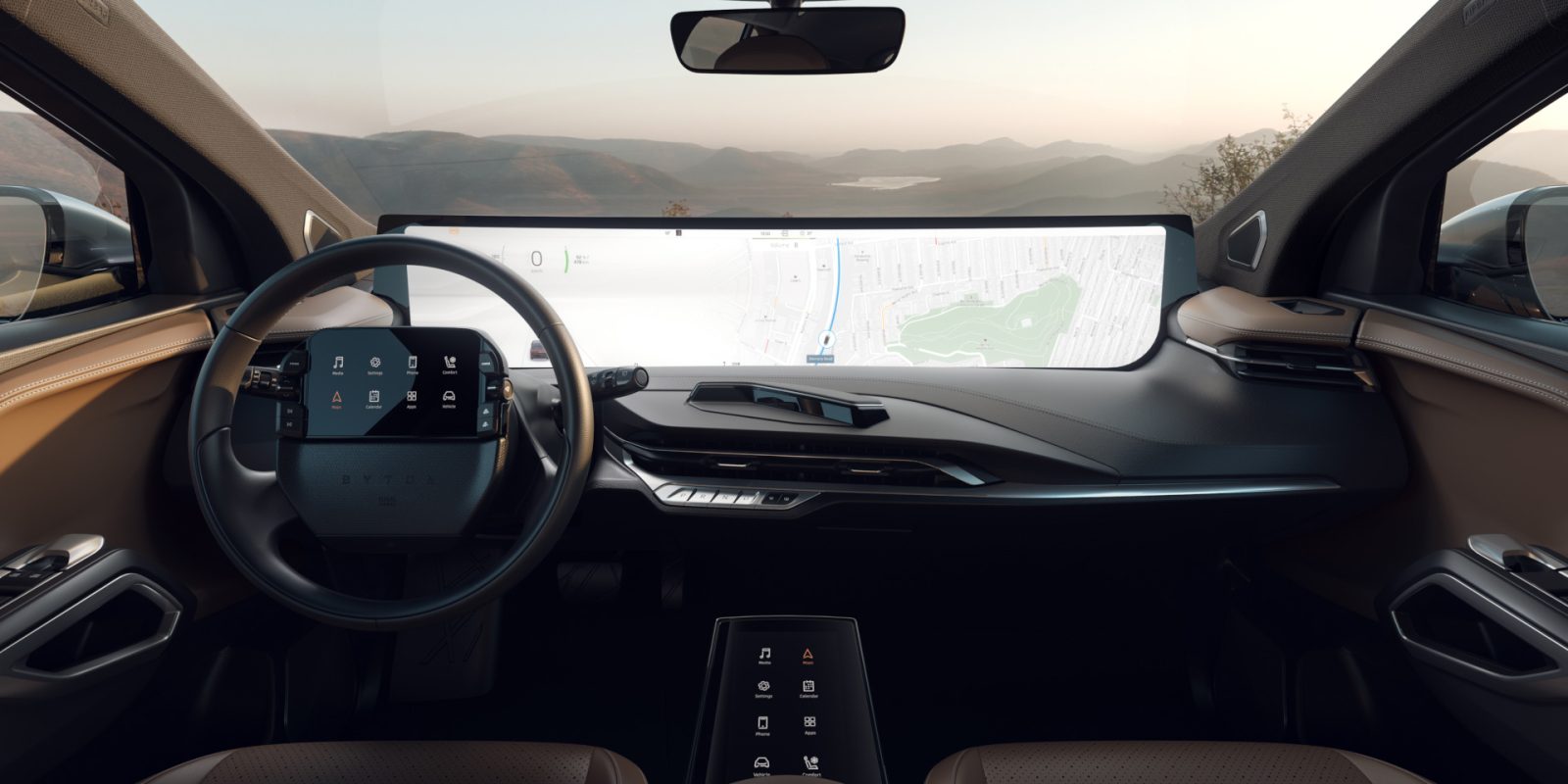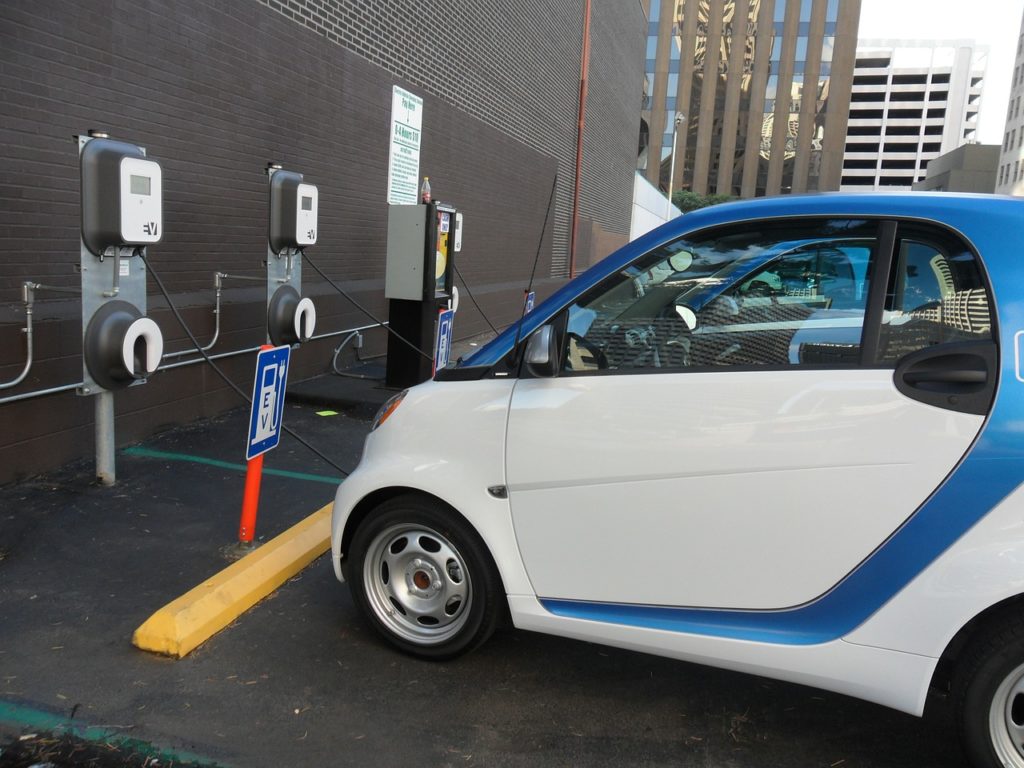
When your business or government organization is considering an investment in EV charging stations, it is critical to choose a location that makes sense in terms of the prospective customer, but also the ultimate bottom line. That means selecting a site that will allow maximum accessibility for drivers and minimal new construction in order to keep installation and other upstart costs low.
To do so requires strategic use of existing infrastructure for your EV charging station, from retrofitting parking garages to reactivating poles, posts, and communication networks. Below, we’ve detailed some specific ways to make the most of existing infrastructure in order to lower the costs and get the highest ROI on your EV unit installation.
Retrofitting Parking Structures & Lots
Installing electric car charging stations into existing parking lot infrastructure is becoming increasingly commonplace. This increased adoption by public and private organizations has resulted in some tried and true ways to reduce installation costs, improve spatial efficiencies, and maximize usage.
When installing an EV charging station into an existing parking structure, designers typically recommend installing the supply equipment where the front of the vehicle would rest so that the charging cord can reach the connector port on the vehicle. It is also necessary to provide the customer with room to stand and operate it (approximately 3-feet by 3-feet of space).
This requires choosing a parking stall that is longer than your standard parking stall, so that the additional room can be used to install the EV charging station. You should also be mindful of customers with disabilities who will need extra room to navigate the charging equipment.
Some additional space will also be needed to handle and maneuver the charging cord. This additional space makes the EV equipment more accessible for users, helps them avoid tripping over the cord, and makes your charging station more desirable thus ensuring local customers will return.
These spatial requirements often necessitate the combining of parking spaces (for example, repaving and/or repainting three parking stalls into two parking stalls) or utilizing space offered by walkways.
To reduce additional construction, installation, and wiring costs when retrofitting your parking infrastructure with EV charging stations, it is recommended that you place your charging stations near an existing electrical panel, an elevator where power and conduits are easily accessible, or the structure’s electrical room. Generally, wall-mounted stations with surface-mounted conduit are the most cost-effective options when installing in a parking structure.
This makes it easier to run the new conduit along walls and ceilings, rather than drill into the existing concrete or dig far-reaching trenches to bury power lines. Furthermore, the ceiling of a parking structure allows designers to mount conduit and cables onto beams, putting them out of the way of vehicles and pedestrians alike and removing a potential tripping hazard.
One additional benefit to installing your EV charging station in a covered parking structure is the protection it provides from the elements. While most EV charging stations are weather resistant, harsh conditions, such as snow, ice, and subzero temperatures, can cause damage or malfunction to your unit over time. Additionally, cold weather can impact the effectiveness of an electric vehicle’s battery and charge.
Adapting Old or Unused Infrastructure
When you’re looking for locations to install EV charging stations, existing, under-utilized, or unused infrastructure can provide opportunities charging electric cars.
Posts and poles, especially, offer buffer space that can help protect the attached EV supply equipment. Another benefit of using existing posts and poles is that, in some cases, you can avoid installing additional protection for the unit; wheel stops or bollards are not necessary given the spatial buffer the post provides.
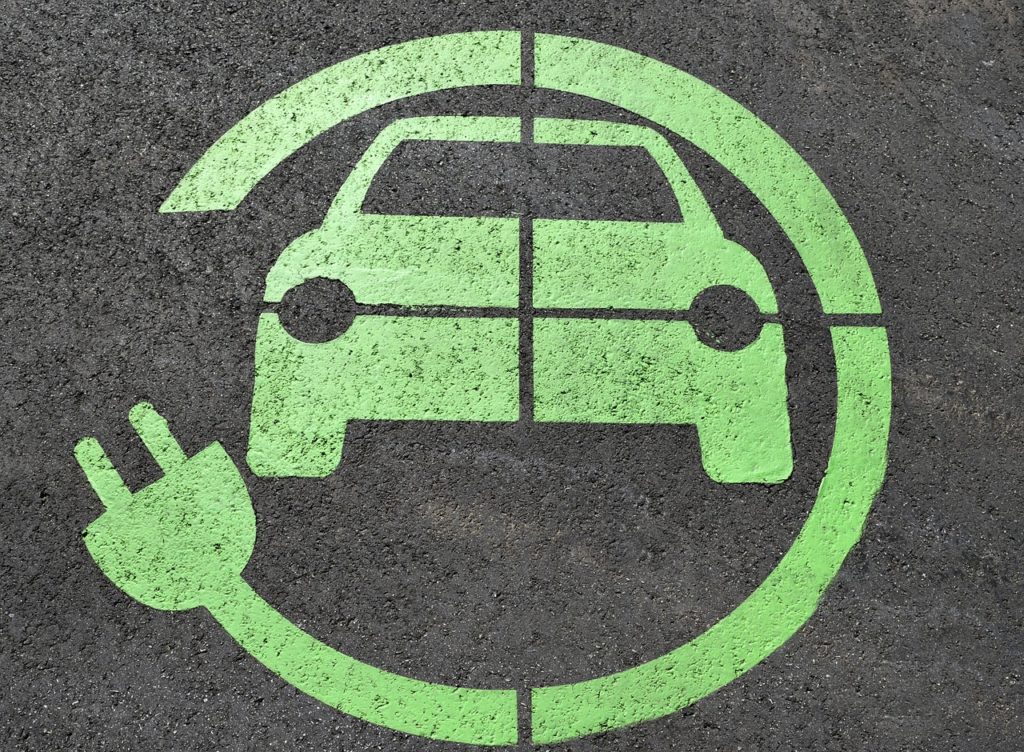
If you are installing your EV charging station in a parking structure from the mid-twentieth century (i.e., pre-1970), the structure was likely designed to accommodate larger vehicles. This can offer ample opportunities to install charging stations in the now under-utilized parking spaces.
Scout your site for other outdated infrastructure that is no longer in service, such as drive up ATMs, valet stations, or the covered entrance of a building. These can provide optimal space, both for the driver and the unit installation, without necessitating extensive new construction.
Utilizing Existing Networks
An important aspect of EV charging infrastructure is the proximity to existing communication networks and systems, as networked EV supply units depend upon communications between the equipment and a network service. The most common methods for communication relevant to EV charging stations are Ethernet, cellular, and Wi-Fi.
You can take advantage of the wiring, conduit, and other communications infrastructure by tapping into those existing comms networks rather than installing brand new systems. However, where impenetrable material in parking garages and other structures interfere with wireless signals, relatively low-cost amplifiers or signal repeaters can be used to extend the frequency. In some cases, Ethernet cables may be required to extend the signal to a location with a more reliable signal.
Connecting You to the Future
To get the highest return on your investment on your EV charging station, it is critical that you choose an established partner in the EV space like EVConnect. Our team understands the complexity of EV charging station site selection and installation – and how to reduce costs by taking advantage of existing infrastructure for electric car charging.
We’re your one-stop-shop for connecting your organization to the future with smart, networked EV charging technology. We create flexible and scalable solutions customized for your industry, with knowledge of ways to lower costs of ownership, boost long-term value, and gain the most from tax incentives and rebate opportunities.
To get a quote for networking your EV charging stations along with expert advice on how to optimize your EV charging infrastructure, get in touch with our team today by calling (866) 790-3155 or filling out this contact form.
The post How Existing Infrastructure Can Lower the Cost of EV Charging Stations appeared first on EV Connect.
Source: EV Connect RSS Feed
